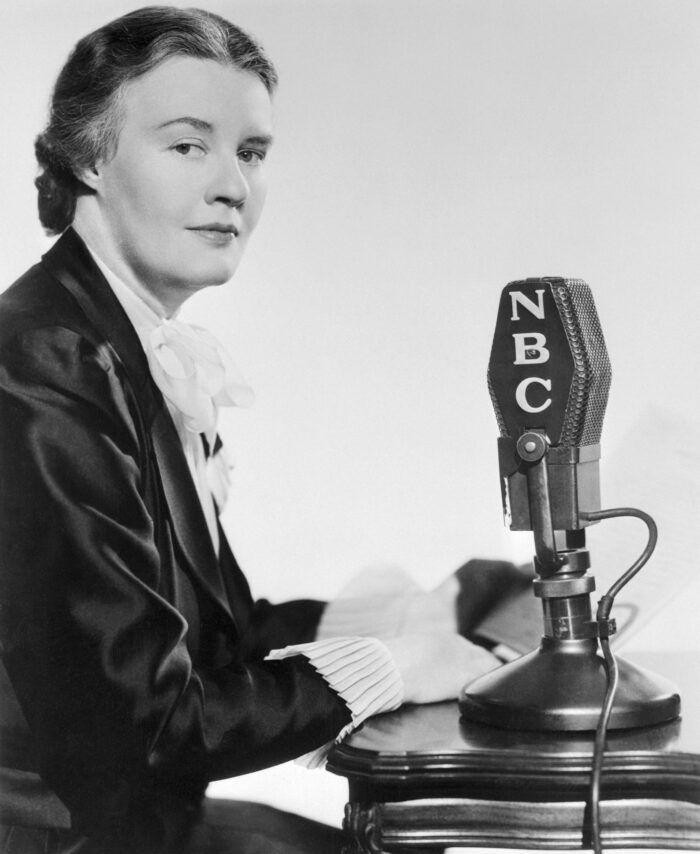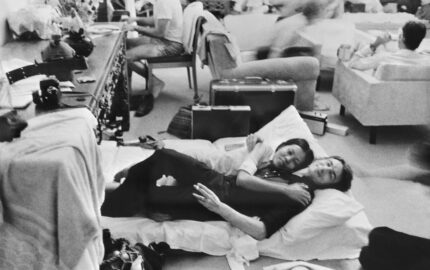I discovered Dorothy Thompson when I needed something from the 1930s to fill out a class I was teaching on narrative reporting. Her reports on the rise of Hitler were on a list of the best works of 20th-century journalism.
What luck! Thompson made interwar geopolitics read like a juicy conversation about the next-door neighbor’s fight with the fellow down the block. In “I Saw Hitler,” she writes that she’s been trying to interview Adolf Hitler since 1923, and he won’t talk to the foreign press. In 1932, when he grants her an interview, her problem becomes one shared by anyone who interviews someone famous—access is so closely controlled and answers so tightly scripted that the reporter gets almost nothing of interest. Thompson had to limit herself to three questions, submitted in advance.
When she finally meets him, he was so unimpressive that she became convinced he could not possibly become dictator of Germany.
Thompson manages to make a narrative out of nothing. Her article caused a sensation when it was published in 1932 in Cosmopolitan (then a serious magazine). Even though she was wrong in that article about Hitler’s prospects, she sees why his rise could happen. She writes about how much unhappiness there is in Germany with its democracy and economy and how many people actually want to see the monarch return.
After Hitler’s ascension to power, her powerful reporting and charming condescension earned her a different distinction: in 1934 she became the first American journalist thrown out of Germany by Hitler’s regime.
I Saw Hitler!
By Dorothy Thompson
Cosmopolitan, March 1932
Farrar & Rinehard, 1932
Article




